
Bandcamp Navigator is a column dedicated to a fan favorite Bandcamp practice: tag-hopping.
Figuring out how to live in a world where you can listen to any music you want to at any given time can be difficult. In the face of essentially infinite choice, it’s easy to stick with what you know and not venture outside the realm of familiarity. All of that unexplored territory is going to start calling to you sooner or later, though. If you care about music even a little bit, you’re going to want to get out there and explore. Back in the olden days, when music was mostly available on physical media, an album’s “thank you” list was an excellent way to discover new artists. If you liked a certain band, you’d probably like their friends, too. Bandcamp’s tags have emerged as a new roadmap, serving much the same function as the tiny type and often illegible layout of physical liner notes. This is a map I made. I was unsure of where to start, so I went with something familiar. I started with thrash metal and professional wrestling, then followed the tags at the bottom of the album page to see where they led me.
D.W.D.
1st Demo
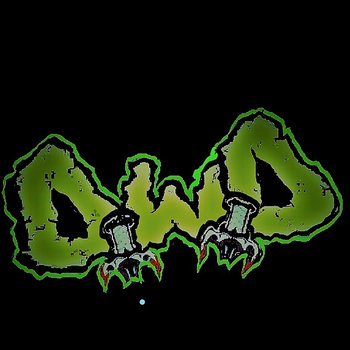

There’s not much to D.W.D.’s first demo. It’s just two songs, totaling well under eight minutes from start to finish. It’s obvious that these Finnish thrashers knew that they had to make their time count, and they succeeded. This demo opens strong with “Chokeslammed to Death,” speeding through melodic riffs that land like an illegal closed fist to the gut. By the time the first “mosh part” shows up (about halfway through the song) you’re trapped in D.W.D.’s submission hold. The second track, “TLC” is—for the uninitiated—an ode to wrestlers’ favorite foreign objects (tables, ladders, and chairs) and not a tribute to a popular ’90s R&B group. This one’s slightly faster than the first song, and the structure is a little more frantic, but it’s no less memorable. Fans of wrestling and metal should take note. There’s a new tag team on the scene, and D.W.D. is coming for the belts.
A fairly obvious tag, given the source material of D.W.D.’s demo, but I had to see what else was out there tagged as “wrestling.” Among those results, I found something that had nothing to do with wrestling at all…
Lo Pan
Midgar
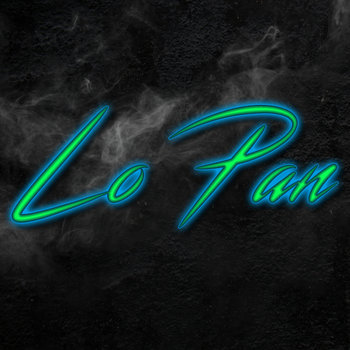

Final Fantasy VII is an inarguable classic. Originally released in 1997, this installment of Square’s role-playing series is still being reissued for modern gamers 22 years later. Seven selections from the game’s equally celebrated soundtrack are remade here as retro-futuristic synthpop. These tracks work surprisingly well as a cohesive album. This isn’t just a note-for-note remake with a couple of different synthesizer voices. “Midgar” retains the spirit of mystery and adventure present in the game’s original soundtrack while adding new ideas. What sounds like helicopter blades accompanied by MIDI choruses in the original “Mako Reactor” are interpreted by Lo Pan as crunchy guitar layered over metal-influenced double-bass percussion. A minor change to the percussion on “Cosmo Canyon” changes the feel of the whole piece, while still maintaining the original’s emotional impact. Lo Pan’s version of “Tifa’s Theme” could easily serve as the opening theme for an ’80s soap opera. Through it all, though, the spirit of Final Fantasy VII is alive and palpable in this tribute to a gaming classic that continues to influence artists across all media.
Final Fantasy VII features absolutely no wrestling (unless you count the arm wrestling game in The Golden Saucer location of the game, but that’s not really wrestling). Lo Pan has, it turns out, recorded tracks that have been used by professional wrestlers as their entrance music, the tag I clicked on next.
Unholy Two
“Cut the Music (I’m the Nightstalker)” / “Razor”
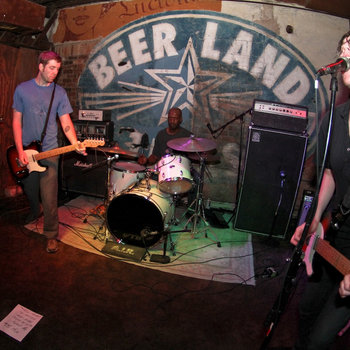
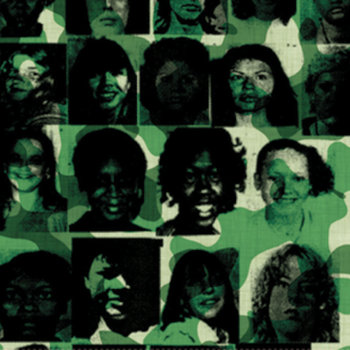

Vinyl LP

The two songs on this 7-inch from Columbus, Ohio’s Unholy Two are loud—very, very loud. Piercing feedback bathes lurching drums, noisy guitars, and vocals that sound as if they’re being shouted from across the room. This release wouldn’t be out of place on the mid-’90s roster of Amphetamine Reptile Records. It’s immediate, violent, noisy, and a little bit frightening. And loud. Did I mention that it’s very loud?
It’s not immediately clear why Unholy Two tagged this 7-inch as “entrance music.” The titles of the songs are vaguely wrestling-related, I suppose. “Razor” could refer to former WWE Intercontinental Champion Razor Ramon. “Cut the music,” is, of course, known for being “Ravishing” Rick Rude’s command to the house sound tech before he took off his robes and showed all the sweathogs what a real man looked like. It’s unknown whether any wrestlers have used The Unholy Two’s music as entrance music, but it would be well suited to that purpose. Among the tags chosen here, the most intriguing is “non-rock.”
Emma Newell
Serendipity
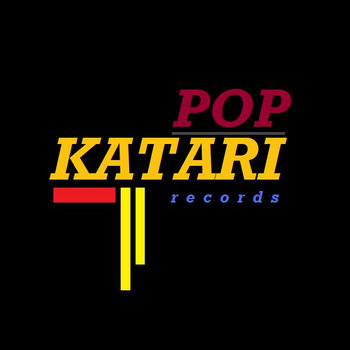

Serendipity is a mixtape of experimental music, all performed by a single artist. These tracks were, as the album description says, “made on various occasions with various tools with various thoughts in mind.” The opening track “Begotten” is beautiful. It’s the sound of being alone outside at night in the summer—a night that exists only in imagination or in memories reshaped by the passage of time. It’s lying on the hood of a car on a dirt road, looking up at the stars, trying to hear the sounds they make. The whole track is coated in tape hiss, which could be the chirping of crickets in the grass, or it could be the sound of cars speeding along the freeway. You can always hear it in the distance, but only if you really listen for it. Later, the track “Codex (fast) [for noise & 3 synths coupled with morse transmission]” uses Morse code transmissions to build tension as it moves toward a boiling point, echoing the tea kettle on the album’s cover. “Serpentine” is a less linear take on the same ideas used by Ben Salisbury in his soundtrack for the film Annihilation. Serendipity draws to a close with “Small Anatomy,” a piano and synthesizer piece that provides a calming ending for a challenging album that reveals more of itself with each listen.
Newell tagged this release as “musique concrete,” a form of experimental music made by the manipulation of pre-recorded sounds. This tag is in frequent use, and as you scroll through the releases, you’ll see the name Goh Lee Kwang popping up over and over again…
Goh Lee Kwang
Clone (Vol. III)


Exploding head syndrome (EHS) is an auditory hallucination experienced by some people just on the cusp of falling asleep. It manifests as a loud noise described as an explosion or the sound of arcing electricity. The phenomenon is often accompanied by the sensation of an electric shock in the chest or head. The third entry in Malaysian experimental musician Goh Lee Kwang’s Clone series is a way to experience EHS in the waking world. Buzzing electric static jitters over murky industrial noises and what sounds like the chattering of your own teeth as heard inside your head. After the first half hour (this is the longest in the Clone series, clocking in at a total of 500 minutes), bell-like low frequency tones are added. This piece is definitely not ambient background music. Just when it starts to become a part of your environment, to fade into your surroundings, a new jolt hits, demanding attention and ensuring that you remain wide awake.
Goh Lee Kwang is from Kuala Lumpur, Malaysia. Geographical tags are interesting to me, because they don’t describe a particular sound. It’s just a tracking device for everything that’s going on in a particular place. Some people are making experimental electronic music while others are making blistering D-beat crust punk. It’s a rich tapestry.
Pazahora / Enslave
Pazahora / Enslave (split cassette)


Pazahora’s half of this split release opens with piercing feedback and thundering drums—as you might expect from an anarcho-crust band. What you might not expect, though, is the outstanding guitar work. Throughout Pazahora’s half of this release, there’s no shortage of towering riffs and acrobatic solos. The breakdown at the end of “Condition, Condition and Conditions” is absolutely crushing.
Enslave’s contributions are different enough to make it obvious when their side of the split begins, which, let’s be honest, is sometimes difficult to do with D-beat/crust split releases. All four of Enslave’s songs hit the listener with lightning-fast tempos and a vocal style influenced by ’90s post-hardcore bands like Angel Hair or Orchid. The highlight here is “Resistance to Authority” which uses the loud/quiet/loud template perfectly. It’s absolutely majestic.
The Pazahora / Enslave split doesn’t offer much to work with in the way of tags, but DIY is right there waiting, and it’s always dependable…
Jeff Varner
-17A


Cassette
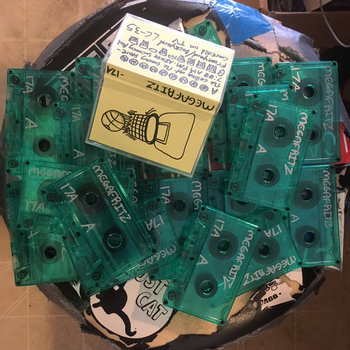
According to the notes, this project used to be called Megafritz, but it’s just Jeff Varner now. That’s OK. If I made this record full of sloppy, laid-back tunes, I’d want to make sure I got credit for it, too. This five-track tape would definitely fit in on the late ‘90s roster of Kindercore Records alongside lo-fi acts like Joe Christmas, Masters of the Hemisphere, or the early works of Elf Power. Varner’s guitar style is reminiscent of Greg Ginn or J. Mascis, but it’s the pop sensibilities of the latter that seem to be the most direct inspiration. Varner’s skills are most evident here on “Azure Swimming Pool” which, in less than 90 seconds, delivers a hook that could be stuck in your head for days.
Rock music is great, and art can certainly be OK some of the time, so let’s see what we can find out there that’s also tagged as “art rock.”
Andrew Thomas Jacobs
Child Star


Portland, Oregon multi-instrumentalist Andrew Thomas Jacobs is a swirling torrent of musical influences and ideas. 1960s-style psychedelic fuzzed-out guitar and organ fold into Dadaist experimentation. Basslines that would feel at home on a mid-’80s demo from The Cure brush against the guitar sound from King Kong’s “Funny Farm” and tumble over sitar drones and tape loops. The more straightforward songs here are fully realized and well performed, but the more avant-garde tracks is where Child Star really shines. Jacobs’s voice, which is somewhere on a continuum that runs from Peter Murphy to Tom Waits, cuts through the current, tying the album together into a cohesive whole.
The post-punk tag is just as vast as you’d expect, and there’s so much stuffed in there that someone could probably spend the rest of all time listening to just these releases. But tucked away in all these albums is one with a collage of a kitten on the cover. Never underestimate the allure of a cute animal.
Гуля
Приветики
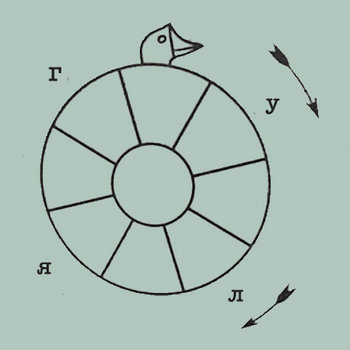

Гуля (pronounced “Gulya” for those of us who can’t read Cyrillic) owes a stylistic debt to both Sonic Youth for their churning wall-of-noise guitars and late-’90s emo bands like The Jazz June or Braid for the sometimes-spoken, sometimes-shouted vocals. Приветики isn’t a throwback, though. The influences are there, but Гуля produces something that sounds new and exciting. “Лента” features soaring choruses and angelic backing vocals. On “Хвост,” tension repeatedly builds and breaks leading to a double-time climax that’ll have you screaming along even if you don’t speak the language. The goth-tinged “Правда” closes the album leaving you wanting more.
For the last leg of our journey, we’re following the path laid out by another geographic tag. Moscow is home to more than 17 million people. Let’s find out what one of their bands sounds like!
Альянс
На заре
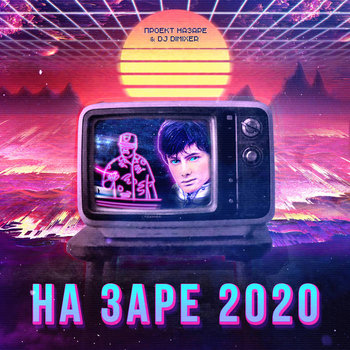

Альянс (“Alliance”) is likely most familiar to American audiences from the appearance of the title track of this 1987 album on the soundtrack of Hardcore Henry, the 2015 first-person action movie. That, or the absolutely delightful YouTube video of a performance in which keyboardist Oleg Parastaev appears dressed as some sort of new wave yacht captain. This album of excellent synth pop (remastered by Parastaev this year) stands as a testament to all the stuff we missed because of the Cold War. The fact that they’ve been preserved and represented is truly a gift. Even stripped of cultural context, На заре is an incredible lost gem of ‘80s electronic music.
Here’s where this journey ends. From wrestling-inspired thrash through auditory hallucinations to ‘80s Soviet synth pop isn’t bad for a first journey. I’m already excited to see where we’re going next time.







